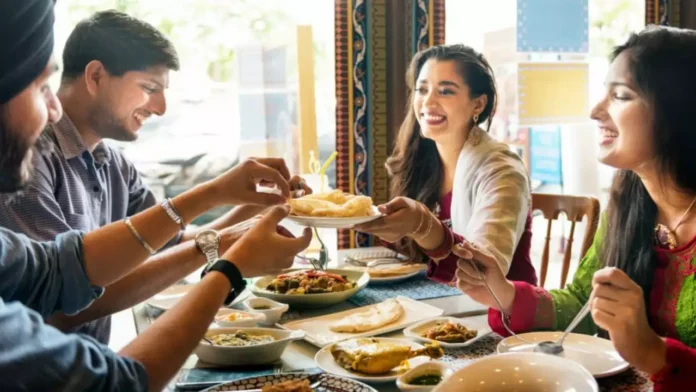According to the report by market intelligence firm Redseer, the overall food service market in India is projected to surpass $100 billion by 2028, with a compound annual growth rate (CAGR) of 8-12 percent.
Driven by evolving consumer behavior, the Indian organized food services market is anticipated to double from $30 billion to $60 billion by 2028.
The report highlights that the growth of the organized sector is anticipated to surpass that of the unorganized segment by threefold.
For metro and tier 1 consumers, dining out has transitioned from a luxury to a habitual practice. This shift is evident in the increased frequency of outside eating, which has risen by 30 percent among students and young adults, and 20 percent among mid-lifers, compared to 2018.
Continue Exploring: Post-pandemic resurgence: India’s food services sector thrives with M&A, investments, and IPOs as younger consumers drive growth
“The Indian food market will need a lot more of mid-sized brands than fewer mega brands owing to the diversity it brings,” said Rohan Agarwal, Partner at Redseer.
In this scenario, House of Brands (HoBs) has surfaced as the most efficient strategy for expanding food brands in the country.
Continue Exploring: A-Listers Spice Up Their Portfolios with Bold Bets on India’s Booming F&B Startups
The sharing of resources within the HoB strategy also facilitates increased kitchen utilisation and enables better operating leverage such as lower cost of goods sold (COGS), further solidifying their competitive advantage in the market, the report noted.
Continue Exploring: Mixed sentiments in food industry as Interim Budget unveils plans for economic growth





